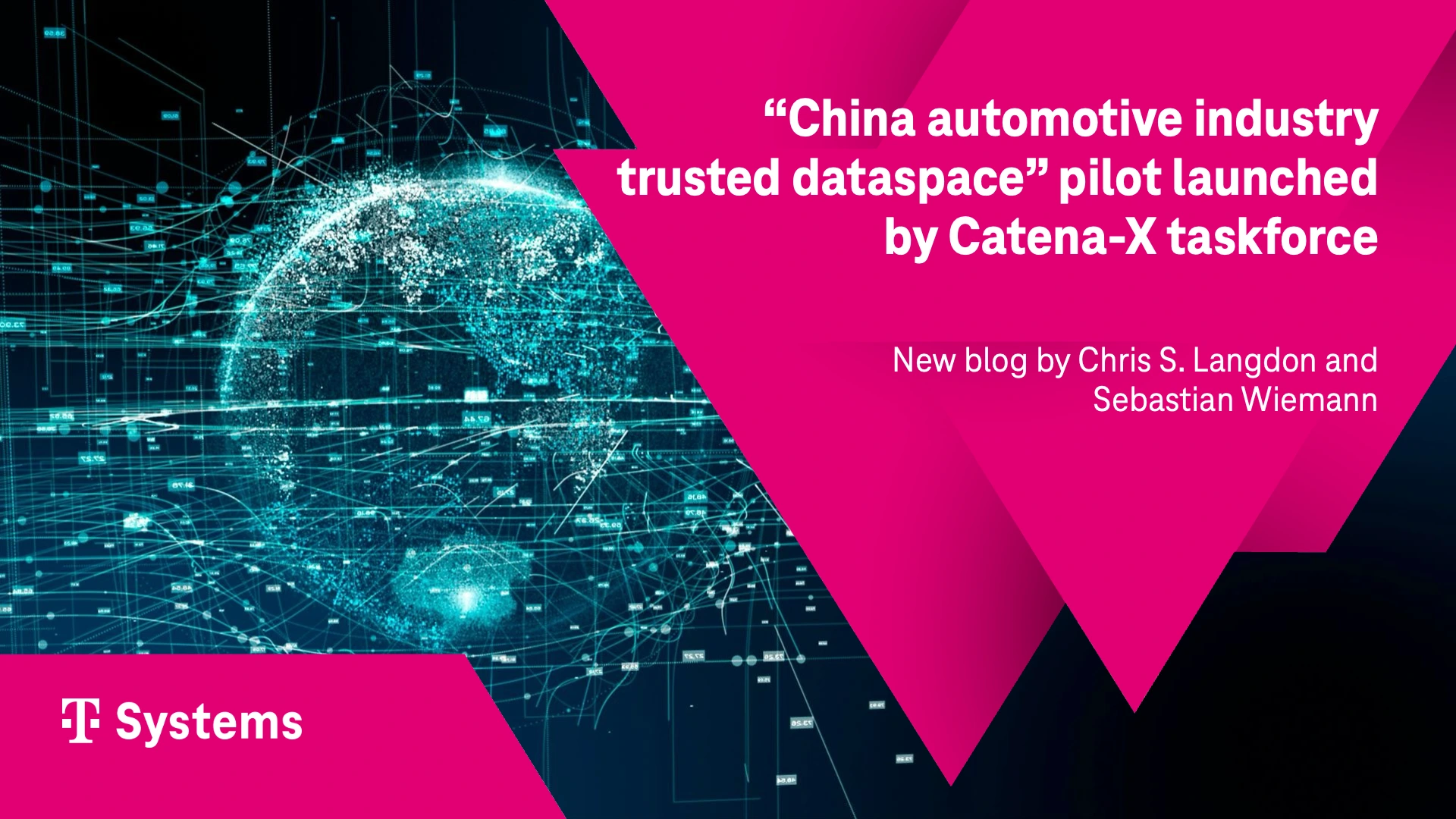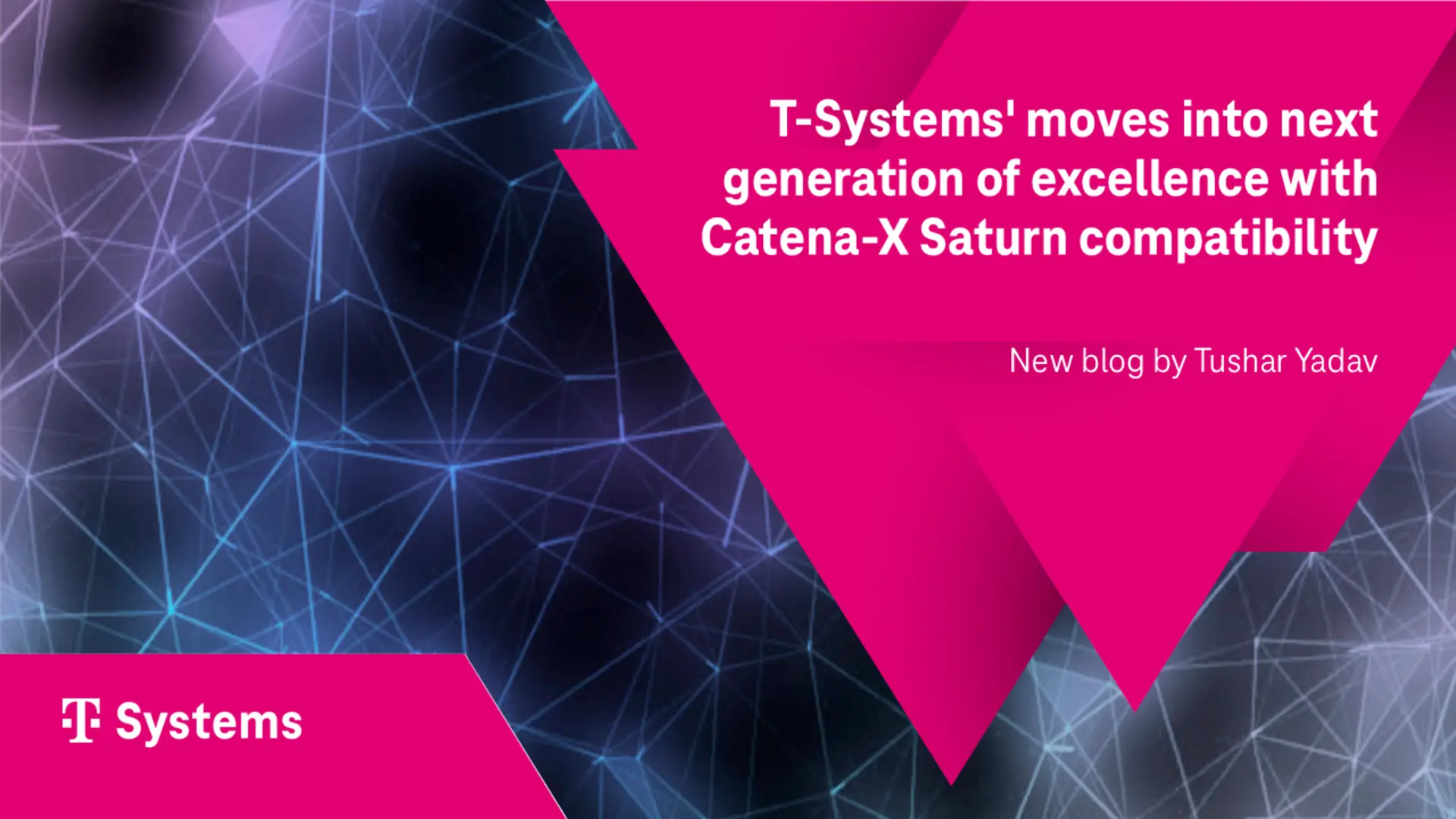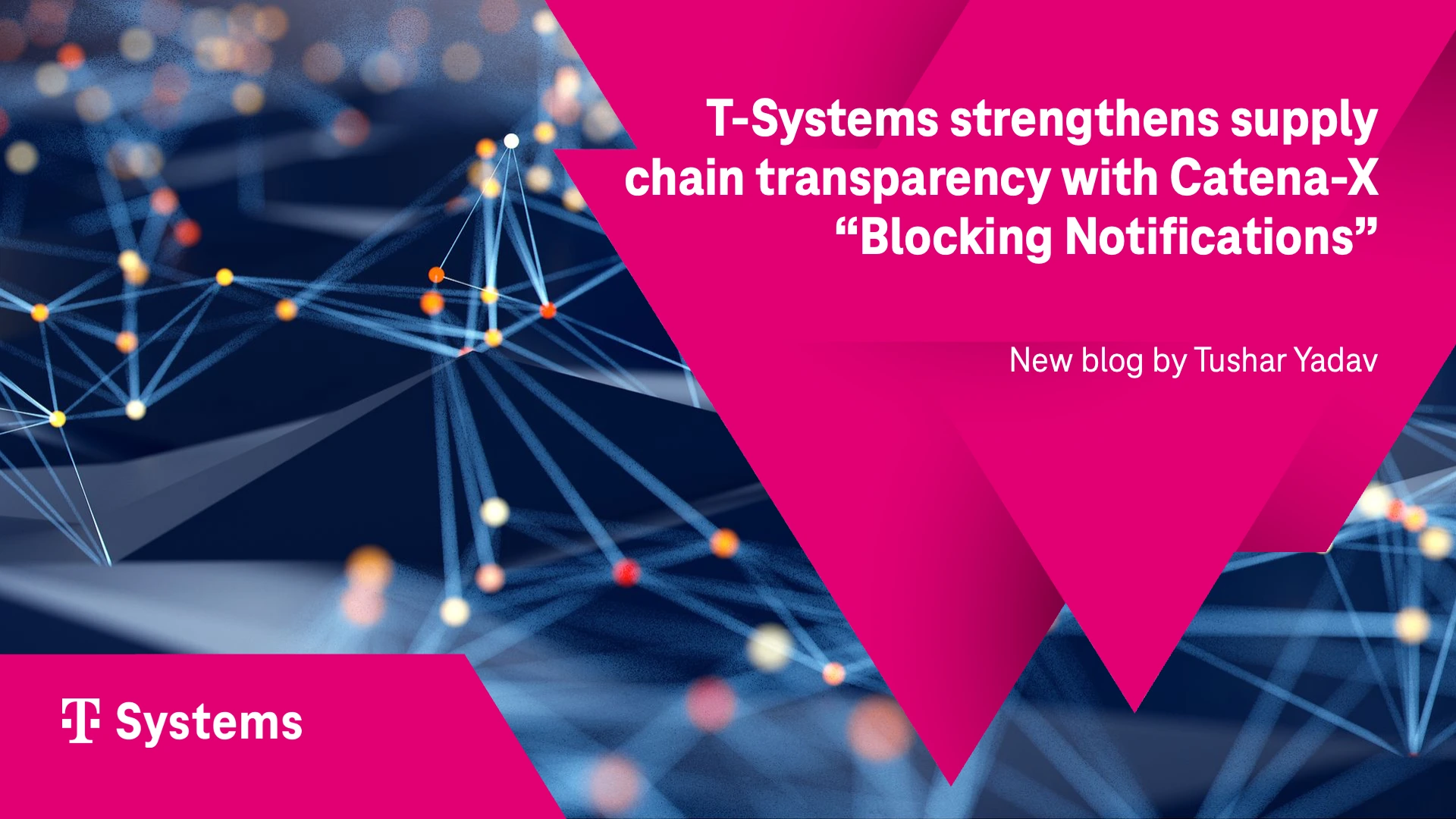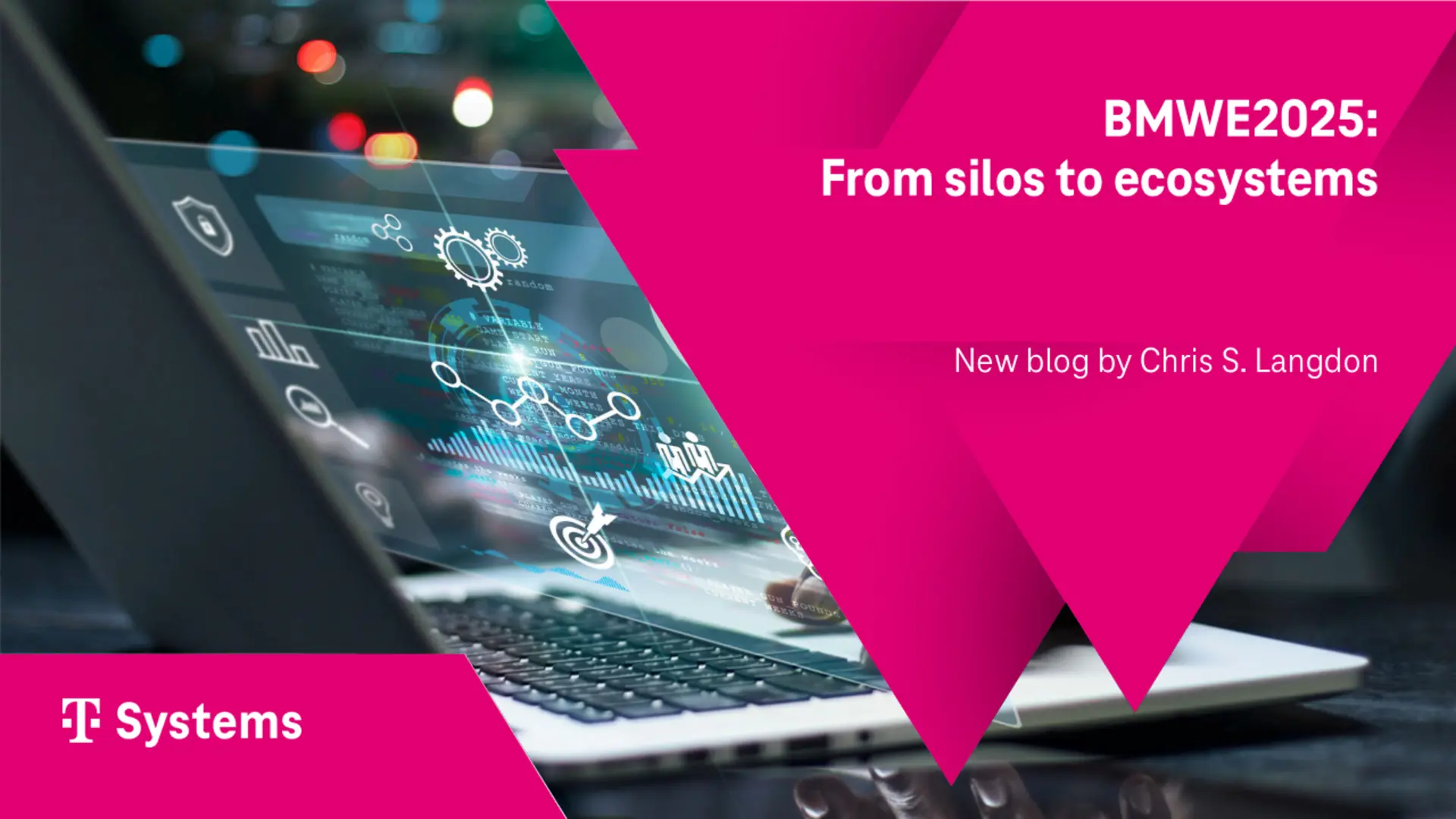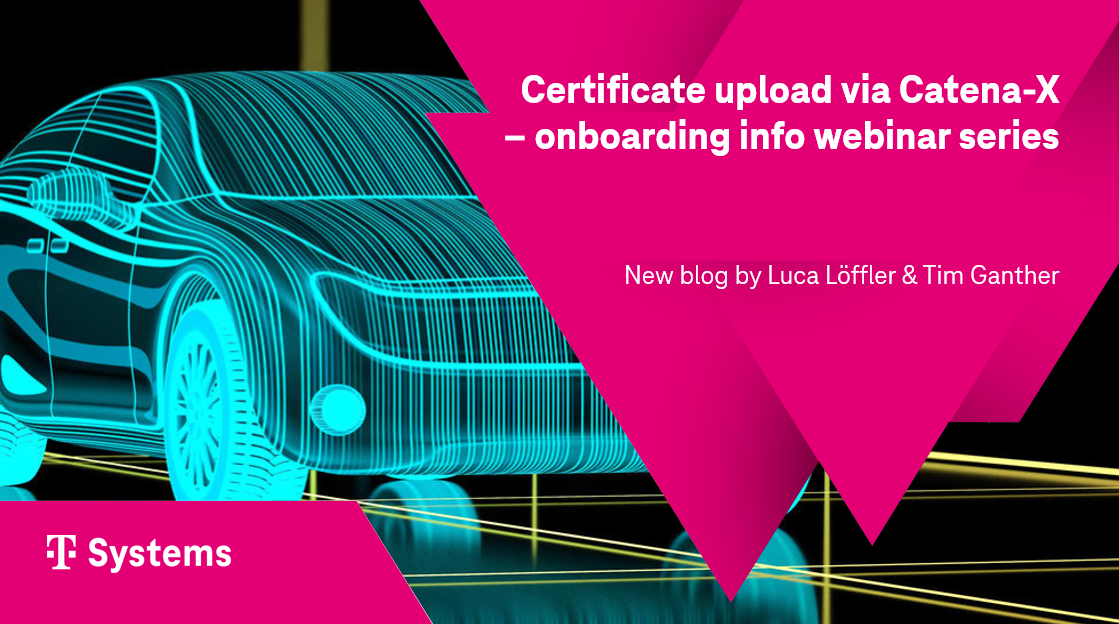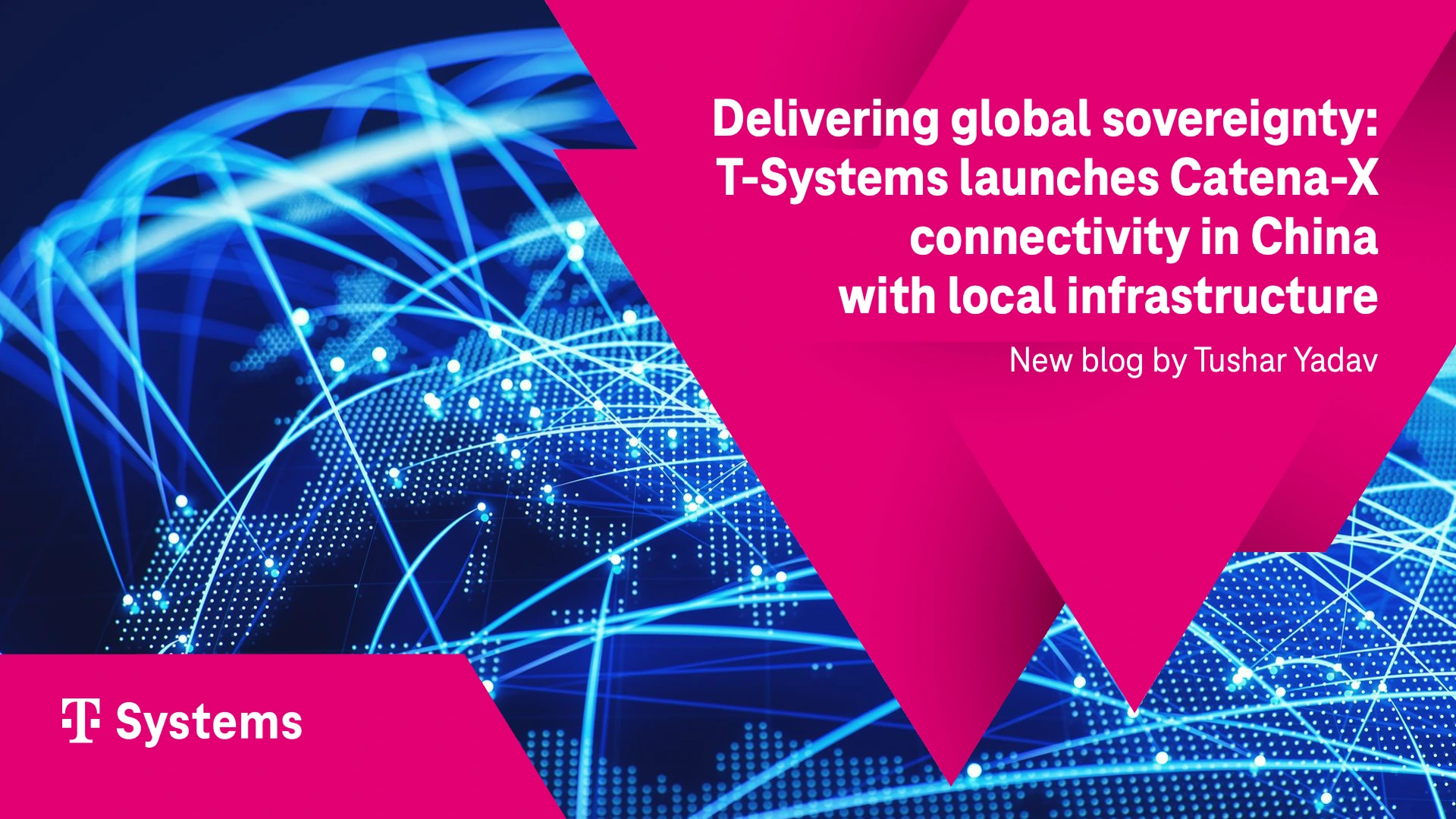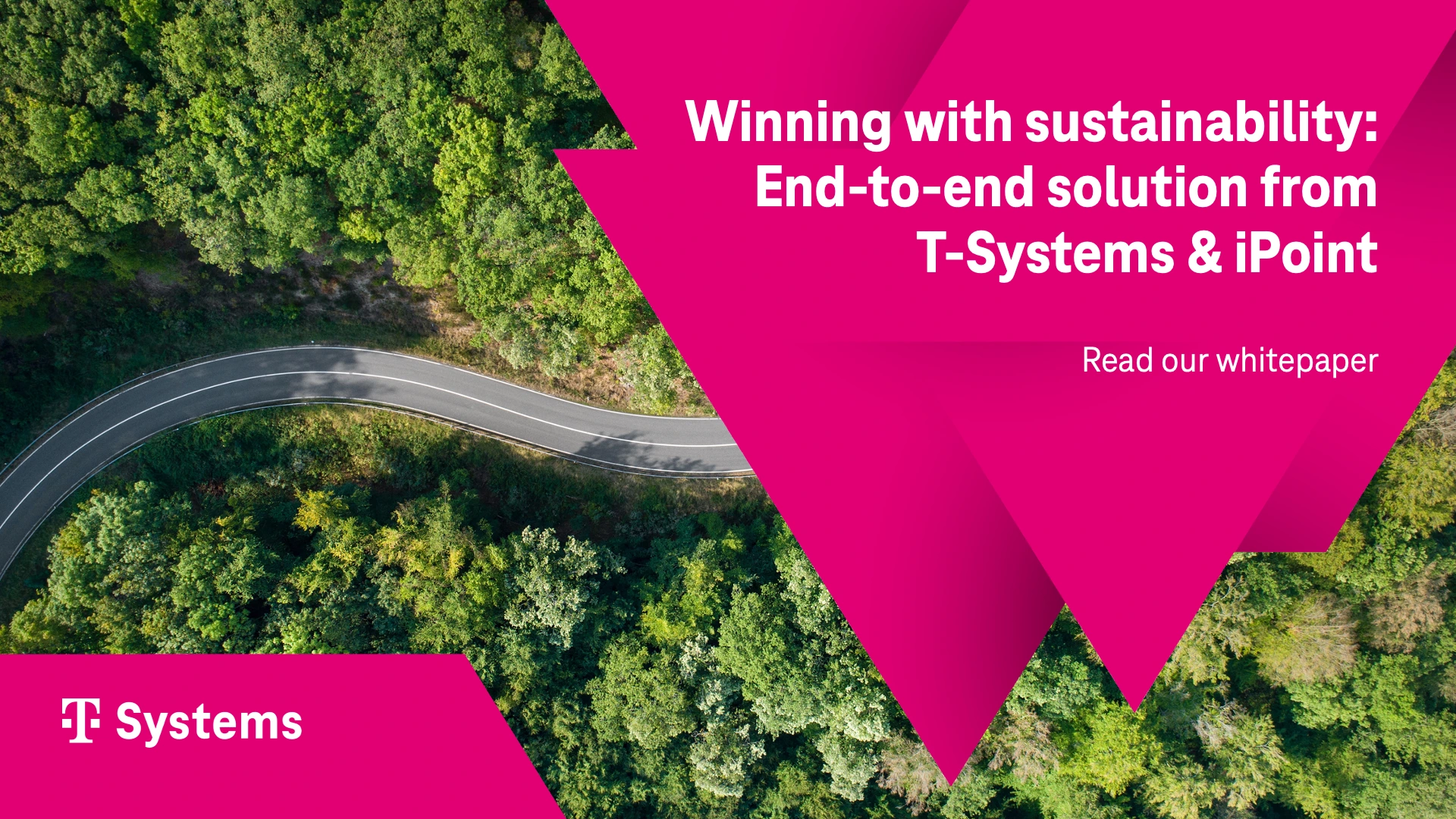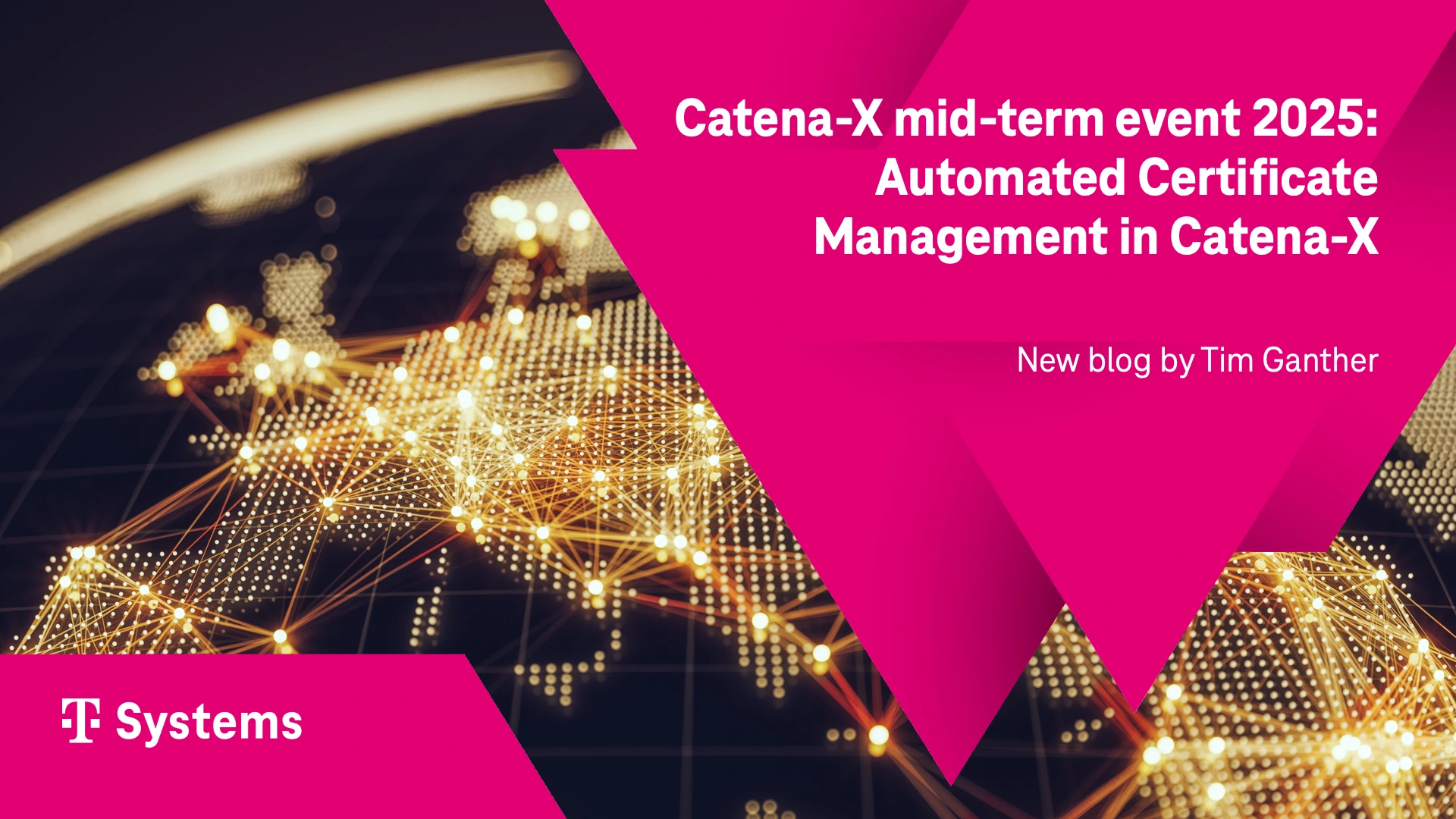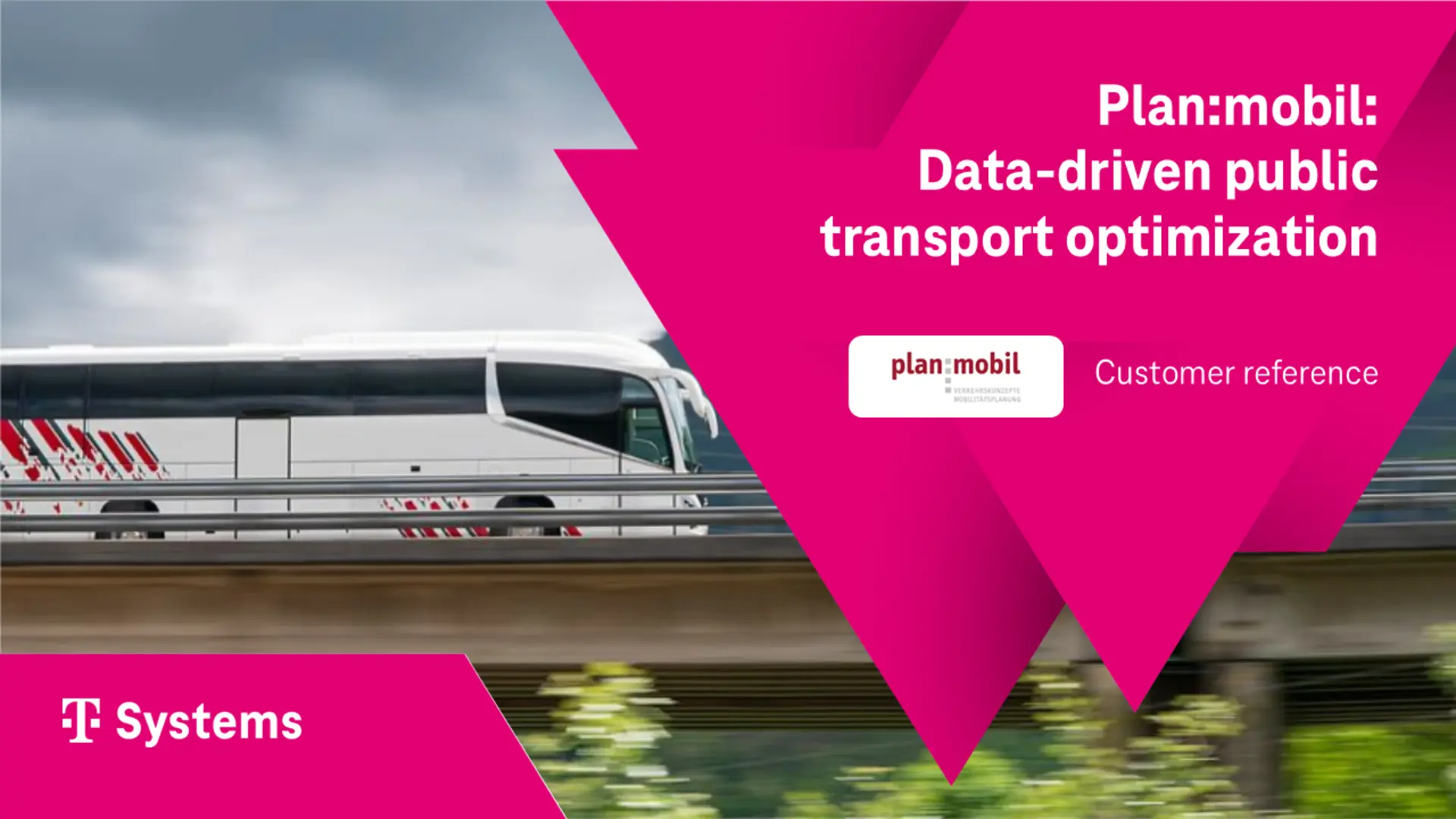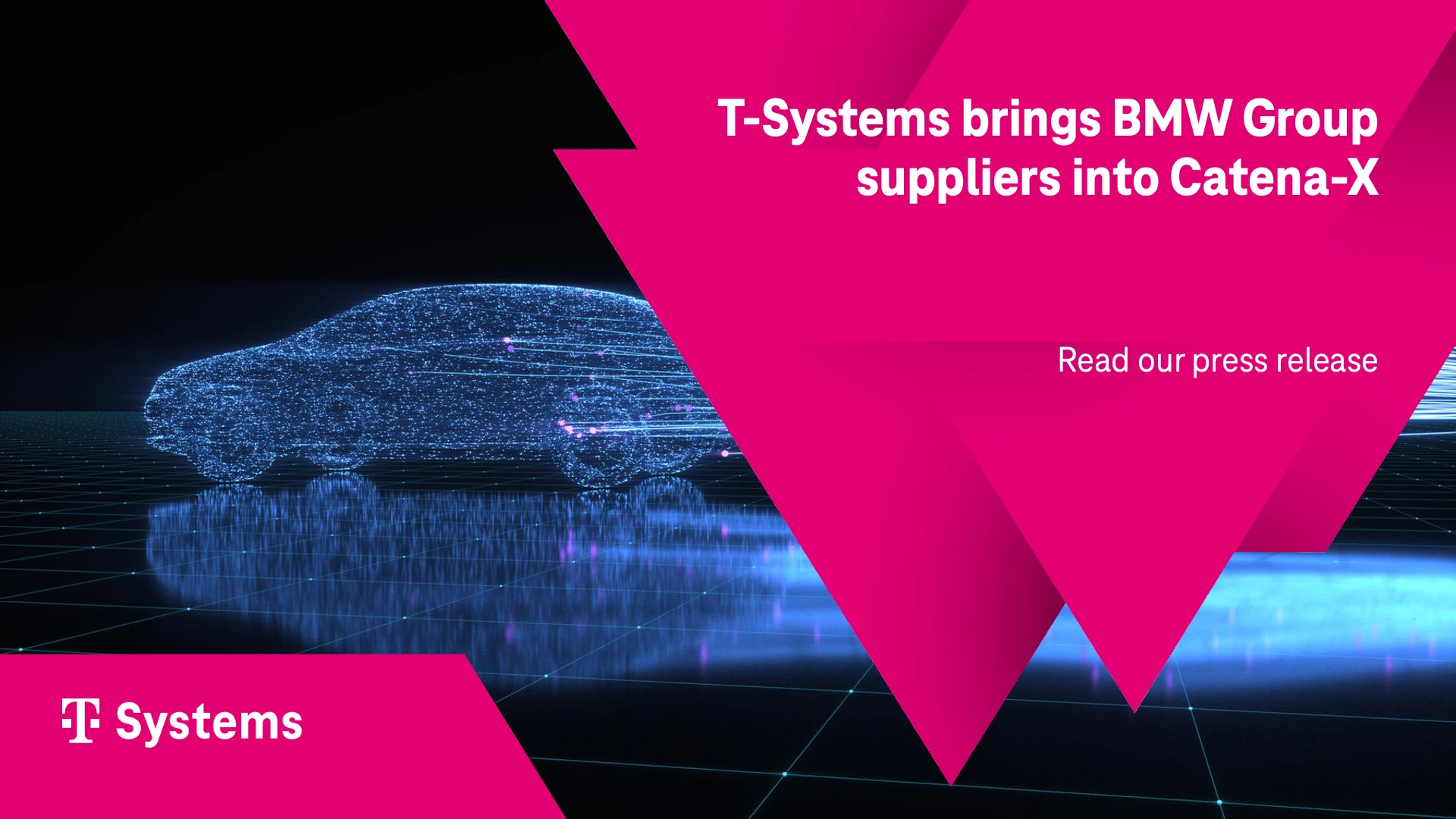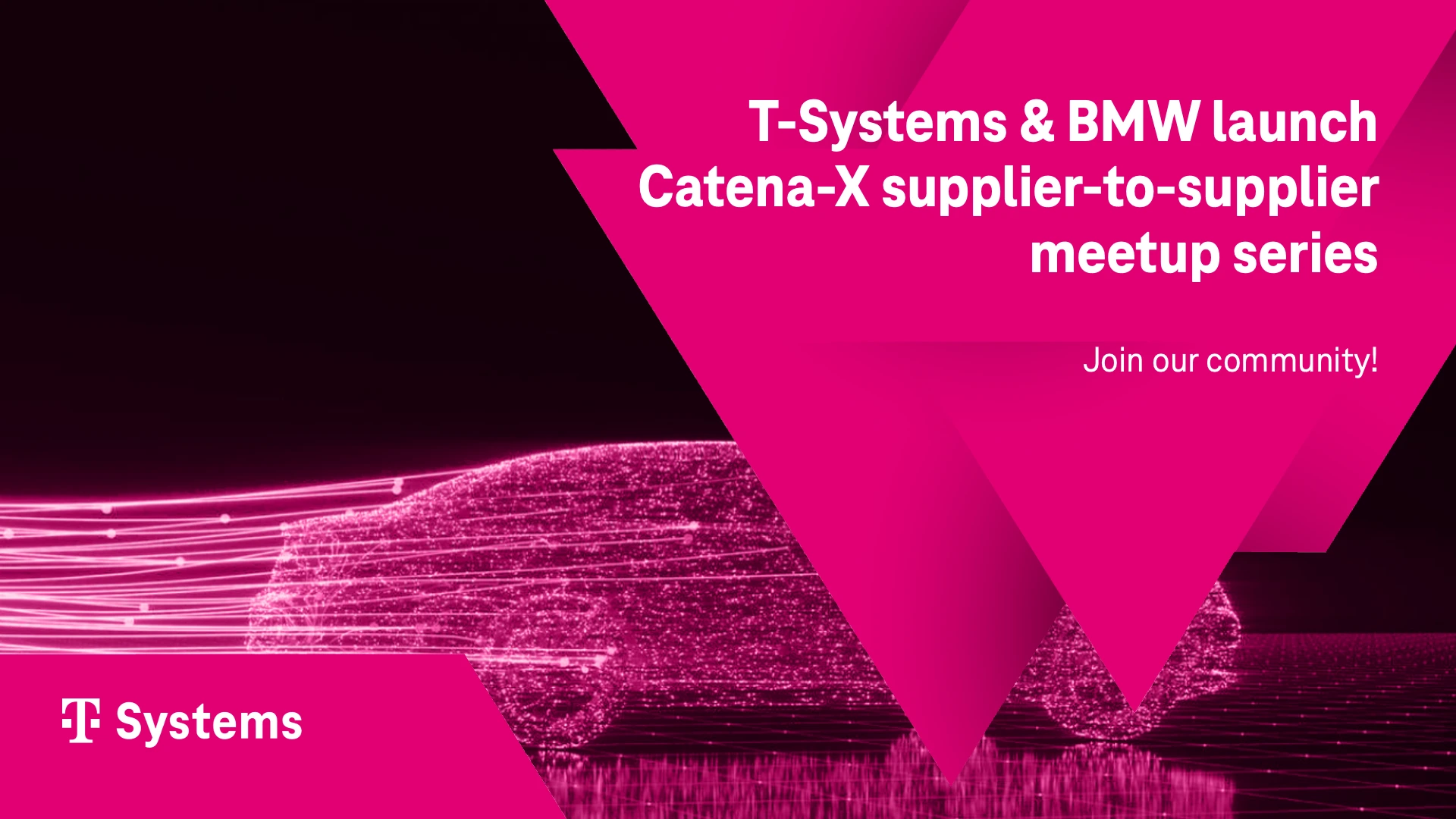Top automotive innovation event
CES, the Consumer Electronics Show, stands as a pivotal annual event in the tech world, unveiling cutting-edge innovations. Noteworthy for both tech enthusiasts and businesses, CES serves as a platform for the debut of flagship products and the establishment of industry trends. The growing significance of the automotive industry at CES is evident keynote speeches by automotive CEOs, commencing with Alan Mullaly from Ford in 2007, followed by Dieter Zetsche of Mercedes-Benz in 2012 and 2015, and Volkswagen’s Herbert Diess in 2016 (see Figure 1). In 2023, BMW CEO Oliver Zipse utilized the stage to herald the brand's transition from a vehicle-centric "ultimate driving machine" to a renewed focus on being "electric, circular, digital" (for details, see our CES 2023 visit, link).
Figure 1: Automotive CEOs at CES
Pilot with Ford Motor Corp., Flex, Deutsche Telekom, IBM
This year marks a distinctive CES for us as we step onto the stage for the first time. In 2011, I attended my inaugural CES with a client, Mercedes-Benz, witnessing Audi unveil its e-tron brand for electric vehicles on the main stage. Simultaneously, in a casino hallway next door, a startup named Tesla showcased a pre-production version of its Model S sedan (“No tunnel, flat floor”, see Appendix, Figure 5). Fast forward to 2024, and we find ourselves integral to a multi-company pilot alongside Ford, Flex, Deutsche Telekom’s T-Systems (a sister company of T-Mobile), and IBM. This collaborative initiative aims to showcase the application of breakthrough technology in addressing CO2 emission reductions within the automotive sector.
Problem of a product’s CO2 emissions
Tracking CO2 emissions, specifically product carbon footprint (PCF), is part of a much broader environmental, social and governance (ESG) movement (OECD 2022, for example). And companies must respond. In terms of regulation, there is urgency: In June 2023 the ISSB, International Sustainability Standards Board, which is an independent standard-setting body within the IFSR, International Financial Reporting Standards Foundation, which in turn is setting generally accepted accouting rules globally through the IASB, International Accounting Standards Board, has published first sustainability disclosure rules (IFRS S1 and S2) coming into effect for coporate finacial disclosure accounting and annual reports starting January 2024 (link). Overall, CO2 tracking is a first step only for effectively reducing overall emissions, just as one requires symptoms before diagnosing an ailment and jumping to any treatment (“There is nothing so useless as doing efficiently that which should not be done at all”, Peter Drucker 1963). However, establishing symptoms, accurately measuring a product's CO2 footprint, proves to be a formidable challenge (UNEP 2023, UNECE 2020). You may recall the ongoing debate on the environmental impact of "Glass or plastic: which is better?" (Lee 2023; see also the controversy of recycled glass bottles versus single-use PET containers, Dunkel & Michel 2023). Well, indeed, it depends, it's contingent on various factors.

Slicing the elephant: part 1 – calculation; part 2 – data chain
So, where do we proceed from here? As a data analytics scientist, one is inclined to approach CO2 emission and PCF tracking as a "data analytics" problem (please refer to our institute’s blog for insights derived from our data analytics publications on the managerial importance of this topic, link). While acknowledging it may not encapsulate 100% of the problem's complexity, it can simplify the issue at hand. Therefore, let us (a) decompose the problem into [data] and [analytics] components and (b) formalize it for further simplification:
Prop 1:
Your PRODUCT’s CO2 =
(A) CO2 caused by your activities and processes (analytics/ calculation) +
(B) CO2 of purchased parts for your PRODUCT (data);
where A pertains to a calculation (local, internal), and B involves data on the
CO2 emissions associated with parts procured for your PRODUCT from
suppliers (external).
Prop 2:
Your purchased part = Your supplier’s PRODUCT;
the method for determining a PRODUCT's CO2 is already codified in
Proposition 1, and needs to be applied uniformly or re-run across each tier of
a PRODUCT's supply chain, establishing a PRODUCT's CO2 data chain.
This decomposition refines the problem statement into two distinct parts (see Figure 2):
- Resolve "calculations," constituting an individual-level or local, internal task.
- Generate the CO2 parts data using a PRODUCT’s "data chain," posing a cross-organizational challenge that involves the entirety of the supply chain. This part is considered indirect emissions resulting from value chain activities or so-called “scope 3” emissions (U.S. Environmental Protection Agency (EPA) Center for Corporate Climate leadership, link, with reference to the Greenhouse Gas (GHG) Protocol initiative, link; see Appendix, Figure 6).
Figure 3: Scope 3 data challenges (with PCF pilot focus in yellow; WBCSD in UNECE 2022, slide 7)
Scope 3’s secondary data problem - the greenwashing trap
We focus on the data or scope 3 part, which is widely seen as a key hurdle (see Figure 3). With scope 3 data there is some guidance: GHG Protocol together with WRI/ WBCDS have outlined a framework for scope 3 accounting (GHG Protocol 2022a), which is currently in the process of alignment with IFSR rules (GHG Protocol 2022b, item 8). However, a common expedient, and the prevailing default for scope 3 data, involves the utilization of so called "secondary data," defined as "data not based on direct measurements or the calculation of respective processes within the system boundary" and encompasses information from literature, scientific papers, industry averages, and government statistics (EUC 2023, pp. 76-77; also GHG Protocol 2022a, pp. 64-73). In automotive secondary data is becoming more readily available with initiatives like AIAG's involvement in expanding the International Material Data System (IMDS) for Product Carbon Footprint (PCF) reporting at the part and material level (AIAG 2023). However, it remains a starting point and quick fix. Analogous to using pain medication such as Aspirin to alleviate symptoms like headaches or fever, rather than addressing the root cause—an analogy we can all relate to—secondary data is insufficient for comprehensively resolving CO2 emissions. In contrast, primary data emerges as the essential target. Beyond its efficacy in tackling the greenwashing dilemma, characterized by the misleading exaggeration of environmental claims, primary data plays a pivotal role in countering accusations of eco-friendly posturing that undermines authentic sustainability efforts. Recognizing this, for example, the EU is considering the implementation of a Green Claims Directive in 2024 (EUP 2023).
Figure 4: Creating a data chain for primary CO2 data
A primary data solution - Web3 enabled tech breakthrough for cross-organizational data chains
We concentrate on crafting a PRODUCT’s data chain as the resolution for transitioning to primary CO2 data (see Figure 4 for a high-level overview). This innovative solution is inspired by and grounded in the breakthrough technology of Web3 (for a managerial overview of Web3, refer to McKinsey 2023). Notably, it incorporates:
- Decentralized architecture for data exchange—eschewing both storage and a centralized gateway.
- Data sovereignty protection—where a transaction no longer relies on mutual trust between two parties; instead, the technology ensures a transaction clears only if specific criteria are met and verified (for an exploration of data sovereignty definitions, consult Schlueter Langdon 2021a).
Conceptually, the approach involves disassembling and fragmenting the data layer. Unlike the Web2 era, where a few companies or platforms consolidated data created by others and assumed control over governance and monetization, the data layer now mirrors the evolution of the application layer. This shift began with Web services in the early 2000s (Schlueter Langdon 2003a) and has progressed to today's landscape of microservices, APIs, and containerization, including Docker. Most notably, particularly for our decision-maker audience, our CES solution is prepared for immediate implementation, utilizing readily available technology, including off-the-shelf commercial offerings.
Key solution building blocks: Dataspace, digital twins
Great news for corporate users: The solution showcased on stage has transitioned beyond the lab and is no longer confined to research and development. Moreover, it boasts modularity to facilitate seamless customization, featuring an open-source core to avoid any form of lock-in and to accommodate further tailoring through extensions. The system is designed to be flexible, ensuring alignment with individual requirements while maintaining tight integration for optimal efficiency—an adept resolution to the historical dichotomy of systems development (Schlueter Langdon 2006, 2003b). Essential components encompass a dataspace and digital twins, with numerous organizations and initiatives already offering functional examples. One noteworthy initiative is Catena-X, which provides both these elements. Originating from software developed by the Catena-X Consortium comprising 28 partners between 2021 and 2024 (Schlueter Langdon 2021b), Catena-X has evolved into an Association with over 100 members, focusing on standardization, certification, and trust (for insights into Catena-X advantages, see “Dataspaces in U.S.”, link, and IAA 2023, link).
- Dataspace: “A dataspace is a peer-to-peer data communication or data dial-tone network (think: phone system for data) – not a storage solution – which sits on top of cloud platforms, with the advantage of built-in data sovereignty protection: two parties who do not trust each other can trust a data transaction, because a data provider retains power to control rights to its data at all times” (for details, why it is important for strategy and operations, please see “Dataspaces 101”, link).
- Digital twins: A digital twin serves as a digital representation of an intended or existing real-world physical product, system, or process (various standards have emerged locally, such as by IDTA in Germany, link; lately governments have initiated International Manufacturing-X to better facilitate correspondence of digital twins across global supply chains, see “IM-X: Make Data Work”, link). More expansively, it epitomizes a data product—a refined form of raw data that is marketable and readily usable across a spectrum of applications. A data product is crucial for bridging today’s data analytics productivity gap. To illustrate the substantial value differential between raw data and a data product, consider a food analogy: If data were water, the multiplier could be 1000—the price of one liter of branded, bottled water at retail (refined product) can buy one thousand liters of raw water in Berlin, for example. Our involvement in research on data products includes the conceptualization (Schlueter Langdon & Sikora 2020, Crosby & Schlueter Langdon 2019) and operationalization of key attributes such as information content (measuring semantic correspondence or distance, exemplified by distinctions between car, vehicle, and auto, as explored by Staebler et al. 2023), and quality (Schlueter Langdon 2019, Guggenberger et al. 2024).
Visit us - explore joining the PCF pilot data chain
Nothing conveys productivity quite like a live demo in action (see Figure 4). So, please come and see it with your own eyes, interact with our demo, participate in Q&A: Jan 9-11, hosted by IBM at LVCC West Hall, room 323.
Learn more from our first dataspace case studies and use cases
For first published dataspace case studies, see Schlueter Langdon & Schweichhart 2022; for mobility, see overview in ITS-WC-LA2022 (link) and details in “Auto 5: Mobility super-app disruption” (link); for automotive, see information on Catena-X in the use case section of “Data Move People” (link).
Appendix
Figure 5: "No tunnel, flat floor" - pre-production Tesla Model S at CES 2011 in Las Vegas
Figure 6: Scope 3 data definition (GHG Protocol 2022a, p. 5)
Cover image source
References
AIAG. 2023. Product carbon footprint reporting is coming in IMDS. Blog post (2023-08-28), Automotive Industry Action Group, Southfield, Michigan, link
Crosby, L., and C. Schlueter Langdon. 2019. Data as a Product to be Managed. Marketing News, American Marketing Association (October 10th), link
Drucker, P. 1963. Managing for Business Effectiveness. Harvard Business Review (May): link
Dunkel, M., and K. Michel. 2023. Der Flaschenhals - Nach der Wärmepumpe droht gleich der nächste Kulturkampf - um die Einwegflasche (The bottleneck - After the heat pump, the next cultural battle looms - over the disposable bottle). Capital (Ausgabe 08, German only): 50-57
EUC. 2021. Commission Recommendation (EU) 2021/2279 of 15 December 2021 on the use of the Environmental Footprint methods to measure and communicate the life cycle environmental performance of products and organisations. Recommendation (2021-12-15), European Commission, Directorate-General for Environment, Brussels, link
EUP. 2023. 'Green claims' directive - Protecting consumers from greenwashing. Briefing, EU Legislation in Progress, European Parliament, Brussels, link
GHG Protool. 2022a. Corporate Value Chain (Scope 3) Accounting and Reporting Standard - Supplement to the GHG Protocol Corporate Accounting and Reporting Standard. Greenhouse Gas (GHG) Protocol with World Resources Institute (WRI), and World Business Council for Sustainable Development (WBCSD), WRI, Washington, D.C./ WBCSD, Geneva, link
GHG Protocol. 2022b. Scope 3 Frequently Asked Questions. Greenhouse Gas (GHG) Protocol (June), link
Guggenberger, T. M., M. Altendeitering, and C. Schlueter Langdon. 2024. Design Principles for Quality Scoring-Coping with Information Asymmetry of Data Products. Proceedings of the 57th Hawaii International Conference on System Sciences (HICSS): 4526-4535, link
Lee, C. 2023. Glass or plastic: which is better for the environment? BBC Future (2023-04-28), link
McKinsey. 2023. What is Web3? Article (2023-10-10), McKinsey & Company, link
OECD. 2022. Policy guidance on market practices to strengthen ESG investing and finance a climate transition. OECD Business and Finance Policy Papers, No. 13 (2022-10-05), OECD Publishing, Paris, link
Schlueter Langdon, C. 2021a. Dataspace, sovereignty, supermarket: IT Director interview. Blog post (2021-08-25), T-Systems Data Intelligence Hub, Frankfurt, link
Schlueter Langdon, C. 2021b. Catena-X for GAIA-X: Will Dataspace Be the Word of 2021? Blog post (2021-03-03), International Dataspace Association, Berlin, link
Schlueter Langdon, C. 2019. Data: Quantity or quality? Blog post (2019-08-03), T-Systems Data Intelligence Hub, Frankfurt, link
Schlueter Langdon, C. 2006. Designing Information Systems Capabilities to Create Business Value: A Theoretical Conceptualization of the Role of Flexibility and Integration. Journal of Database Management 17(3) (July-September): 1-18
Schlueter Langdon, C. 2003a. The State of Web Services. IEEE Computer 36(7): 93-95
Schlueter Langdon, C. 2003b. Information Systems Architecture Styles and Business Interaction Patterns: Toward Theoretic Correspondence. Journal of Information Systems and E-Business 1(3): 283-304
Schlueter Langdon, C., and K. Schweichhart. 2022. Dataspaces: First Applications in Mobility and Industry. In: Otto, B. et al. (eds.). Dataspaces – Part IV Solutions & Applications. Springer Nature, Switzerland: 493-511, link
Schlueter Langdon, C., and R. Sikora. 2020. Creating a Data Factory for Data Products. In: Lang, K. R., J. J. Xu et al. (eds). Smart Business: Technology and Data Enabled Innovative Business Models and Practices. Springer Nature, Switzerland: 43-55, link
Staebler, M., F. Koester, and C. Schlueter Langdon. 2023. Towards solving ontological dissonance using network graphs. Proceedings of 29th Americas Conference on Information Systems (AMCIS), Panama, link
UNECE. 2022. WBCSD Partnership for Carbon Transparency (PACT) and Automotive deep dive (A-PACT). Presentation by WBCSD/ World Business Council for Sustainable Development (link) (2022-02-06), Workshop on carbon LCA of vehicles - WP.29/GRPE, United Nations Economic Commission for Europe, Geneva, document path & link
UNEP. 2023. Emissions Gap Report 2023: Broken Record – Temperatures hit new highs, yet world fails to cut emissions (again), United Nations Environment Programme, Nairobi, link










